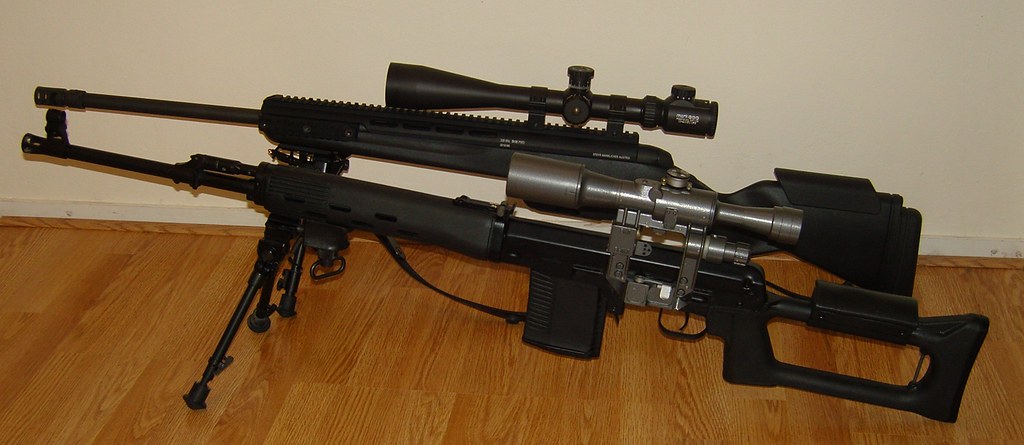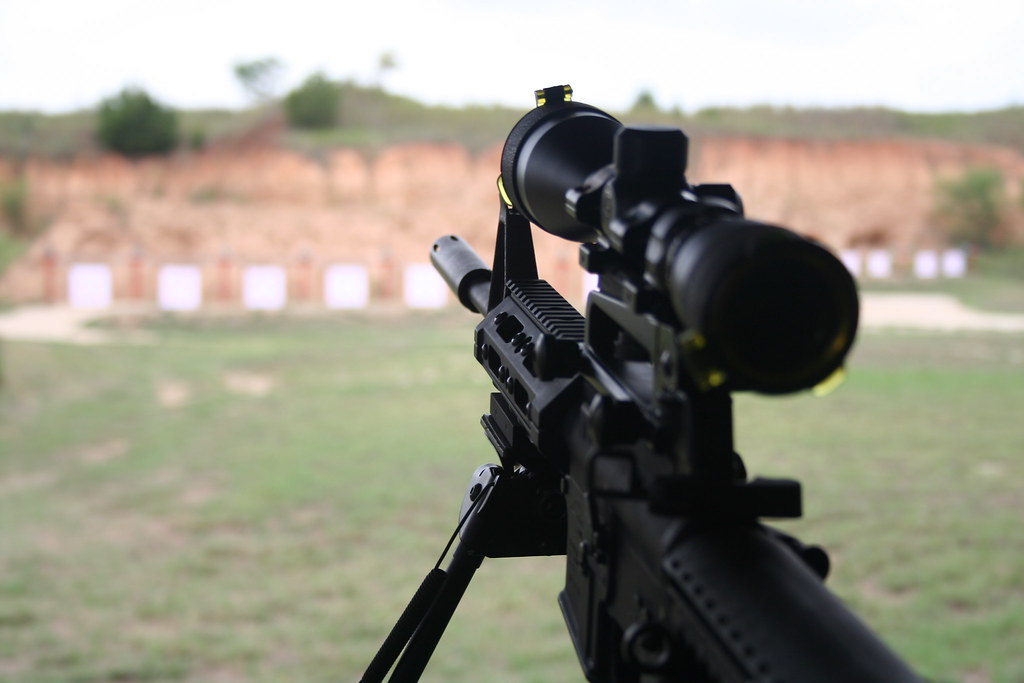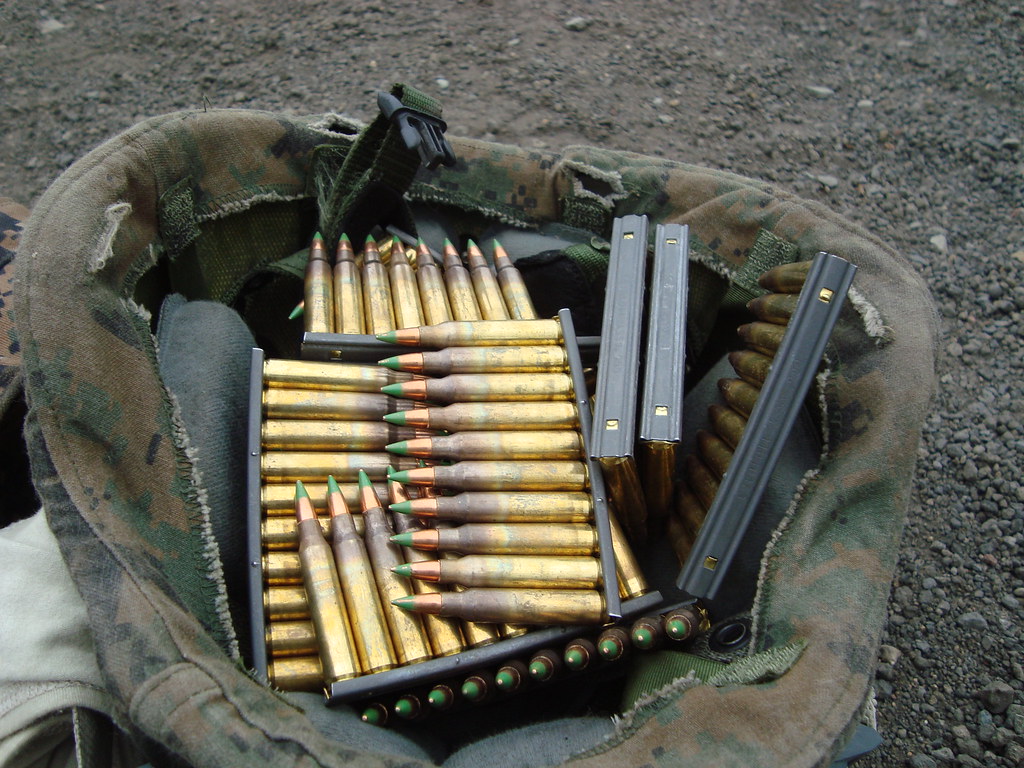
In the vast armories of ammunition, two cartridges have consistently proven their worth on the battlefield and in the civilian sphere: the .308 Winchester and the 5.56 NATO.

Their military heritage and subsequent adaptation for civilian use have placed them at the forefront of discussions and debates among military tech enthusiasts, firearms aficionados, and hunting circles alike.

The .308 Winchester’s inception was driven by the U.S. military’s quest for a new rifle cartridge, which led to Winchester introducing the round in 1952 for its appeal to hunters and law enforcement due to its power and precision.

As the civilian equivalent to the 7.62x51mm NATO, the .308 has become the most popular short-action centerfire rifle cartridge.

It boasts impressive ballistics, with the capability to shoot heavy bullets that translate to more than twice the energy achievable with the 5.56 NATO but with the tradeoff of increased recoil—approximately three times as hard.

On the other side, the 5.56 NATO cartridge owes its existence to FN’s development of a light machine gun and was standardized by NATO in 1979.

Its origins as a .223 Remington loaded to higher pressures make it suitable for rifles such as the AR-15, which requires less weight compared to its counterpart, the AR-10, chambered for .308 Winchester.

The lighter recoil of the 5.56 NATO is often associated with more accurate shooting at moderate ranges.

When comparing the two, the external ballistics are similar, but the major differences lie in bullet weight, energy, and recoil. The .308 Winchester’s heavier bullets mean greater energy and stopping power, suitable for any non-dangerous game animal in the world, as one expert noted, “if I had to fight off a ticked-off grizzly, I’d much rather do it with a .308.”

Conversely, the lighter recoil and more affordable ammunition of the 5.56 NATO make it a better choice for personal protection and varmint hunting, where its precision and terminal performance are adequate.

In terms of ammunition availability and cost, shooters have more options with the .308 Winchester, but the 5.56 NATO comes in at a more wallet-friendly price point, especially if you load your own ammo or buy in bulk.

The debate of .308 vs 5.56 is akin to a clash of heavyweight titans—each has its own distinct advantages depending on the intended use.

The .308 Winchester’s power and range make it ideal for big game hunting and long-distance shooting, while the 5.56 NATO’s reduced recoil and lower weight allow for higher accuracy and faster follow-up shots, particularly in semi-automatic or fully automatic fire.

Ultimately, both cartridges are battle-proven and versatile, with the .308 Winchester favored for its stopping power and the 5.56 NATO for its manageable recoil and agility in close quarters.

The choice between them hinges on the shooter’s intentions, whether it’s hunting, home defense, or precision shooting. No matter the preference, these two rounds stand as testaments to the evolution and endurance of military technology in civilian hands.
Relevant articles:
– 308 vs 556: A Breakdown of Each Cartridge, Field & Stream
– 308 vs 5.56 Caliber Comparison by Ammo.com, Ammo.com
– .308 Winchester vs 5.56 NATO, Outdoor Life
– 308 vs 5.56 / 223: Ballistics, Ammo, & More, Bear Creek Arsenal

